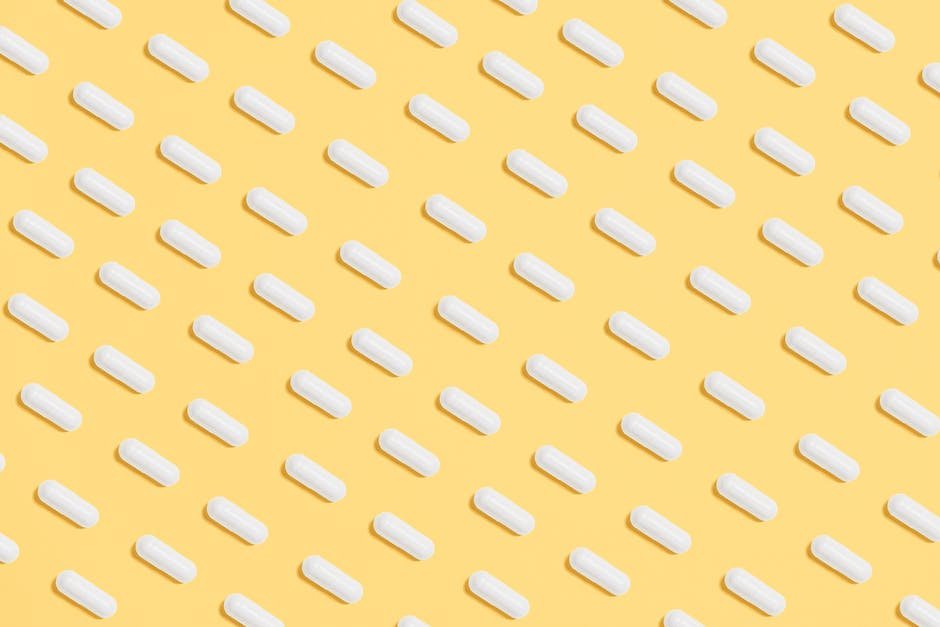Limes are one of the most common fruits you will find yourself using up throughout the year. They are an integral part of many dishes, from snacks to drinks to meals. Who doesn’t love a good squeeze of lime over chicken or fish? Or how about some pickled vegetables with your meat dish?
A standard bottle of lite sour cream usually contains around 6 tablespoons (1/2 cup). Make sure to check that label because different brands can be weighed differently! That is a lot of sour cream for only six ounces of product!
The average person consumes around two pounds of fresh citrus per month, which is why it is important to know how much juice each variety has. If you are trying to watch your weight, keep an eye out for dried bits of zest too! This may take more than just looking at the back of the package, you have to peel the skin off as well.
This article will tell you exactly how much liquid each type of citrus packhas so that you know how much fat they contain. It will also list the approximate amount people normally consume, making it easy to compare.
Conversion of teaspoons to tablespoons

There are 32 ounces in one tablespoon, so to calculate how many tablespoons of juice you have left from your lime, simply divide the number of teaspoons by 32!
That way, you’ll get an exact amount of liquid that can be measured in drops, or none at all depending on what type of drink you make with it. If you like, you can round up to ensure there is enough fluid for your drink, but do not rounds down otherwise the acidity may be too strong.
By using this method, you will know exactly how much water you need to add to make sure your beverage has the right consistency.
How many tablespoons are in a glass?
Most people know how to use a lime as a way to boost their drink’s flavor, but few realize that each slice you add to a drink adds some liquid! The amount of liquid a lime contains varies depending on the water content of the lime, so hold onto that piece of lime – or don’t!
If you’d like to make sure your drink is well-balanced, we have another article here that talks about what color drinks are good and bad.
How many tablespoons are in a cup?

Tablets and liquids make up the other half of your drink’s ingredients! The amount of liquid needed to blend a drink with no solid bits is called its “dilution.”
The standard measure for drinks is the fluid ounce, or OZ. This is 4 teaspoons (or 16 drops)! A fluid ounce equals 2 tablespoons, which is the most common way to talk about dilutions.
That means if you mix two OZs of juice with one OZ of soda, it’s considered an equal serving size! Some people like to be more precise than that, so have a look at our table below.
Table courtesy of MyFitnessPal.com
Now that you know how many tablespoons there are in a cup, try experimenting with making your own recipes! If you want some more tips, read our article: Tips For Beginner Mixologists.
What are the different types of spoons?

Most people know what a spoon is, but many do not use them properly! There are three main types of spoons that most people have never heard of- liquid measure spoons, dry ingredient spoons, and butter or fat measuring spoons.
A liquid measurement spoon like a cup or a tablespoon measure does not need to be used with water or other liquids only because you can easily measure those products using a standard bowl and metric measurements. Liquid measure spoons come in several sizes, some even have scales on them so you don’t have to guess how much material there is in the container!
Dry ingredient spoons such as siftings or whiskers are great tools to have in your kitchenware collection. You will want one for each type of flour, sugar, baking powder, and salt that you bake with. These spoons help prevent over mixing or having too much of a product clump together which would result in poor quality baked goods.
Butter or fat spoons are very similar to the milk bottle cap spoons that we all had as kids. They have a hollowed out tip where you stick the handle of the spoon into to get more detail about an amount of materials.
What are the different types of tablespoons?
There are two main ways to measure liquid amounts in recipes-teaspoons and cups. Liquid measuring tools depend on what size bottle you use as a standard for how much liquid one tablespoon is.
For example, if you used a half gallon (2 liter) glass bottle as your liquid measurement tool, then a regular sized dry grocery store bag would be a perfect cup measurement tool because it contains 0.9 fluid ounces (0.03 liters). This would make 1 cup = 2 bags or 3 bottles!
You can also buy exact cup measures at most stores but they are expensive. Using our earlier example, a single cup measure would cost around $1-$2 depending on the brand. These are not practical when baking, sifting, mixing, or shaping doughs and flours.
So what do we do about it? Luckily, there are many great online resources where you can find cheap tableware. You can usually find a lot of plastic drink ware that has been cleaned and dried and have them converted into a total amount of liquids. For instance, a 16 ounce (one quart) container will have an opening for determining how much water it holds.
This article will talk more about what kind of containers matter when calculating recipe proportions and why.
Calculate how many teaspoons are in a tablespoon
There is much confusion about what constitutes a “tablespoon” of anything, making it hard to do simple math. Luckily, there is an easy way to figure this out!
A true teaspoon contains 14 grams of pure sugar. So, if you wanted to know how many tablespoons of lime juice there are in one half-cup serving, simply divide the number of ml by fourteen.
Calculate how many tablespoons are in a cup

The amount of liquid you should use to make one lime juice depend on what you will be using it for. If you would simply mix it with some water and drink it, then only add one table-spoon (1 tablespoon) of lime juice!
If you want to stir it into something like yogurt or milk, then increase the amount slightly to ensure there is enough acidity. For example, if you wanted to put two teaspoons of lime juice into one glass of milk, then use three limes.
But if you were making things such as cocktails or other applications where there is salt, then reduce the amount of lime juice proportionally so that it does not taste too salty.
Tips for measuring ingredients
The second most important thing to know about making beverages is how to measure your liquid components. You will probably have to do this several times while prepping our drinks!
One of the things that can make making drink recipes difficult is having incorrect measurements. Having too much or not enough liquid needs to be corrected, so here are some tips to help you properly measure your liquids.
Tip number one: Use dry cups instead of liquid ones.
A cup is usually defined as 15 mL – 30 mL of water depending on what kind of cup you use. Make sure to check yours before performing any calculations. For example, if you had two tablespoons of lemon juice, then that would be 2 x 16 ml = 32 ml total. A normal amount of liquid needed to make a drink depends on the size of the glass, so to find out how many tablespoons there are, we divide by 4 to get ¼ cup per every four glasses. That means, since they were drinking from the container directly, she could have just used three regular sized glasses.


















